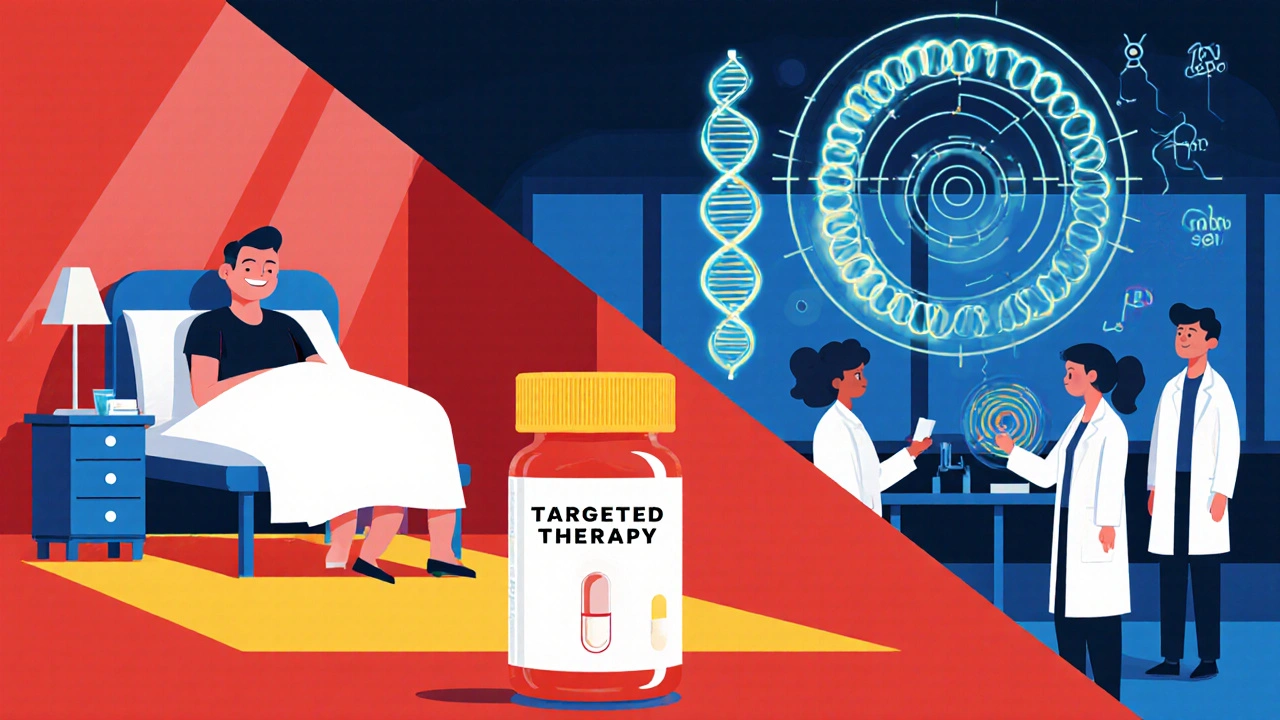Leukemia: A Clear Guide to Blood Cancer, Types, and Treatments
When talking about Leukemia, a cancer that starts in the bone marrow and creates too many abnormal white blood cells. Also known as blood cancer, it can affect kids and adults and shows up in many forms. In plain terms, leukemia means your blood‑forming system is out of sync, and if it isn’t caught early it can spread fast.
Leukemia encompasses both acute and chronic subtypes, each with its own growth speed and treatment path. One of the most common acute forms is Acute Lymphoblastic Leukemia, a rapid‑growing disease that mostly hits children but also appears in adults. Because the disease attacks the very cells that fight infection, patients often face fatigue, bruising, and frequent infections. Understanding the subtype helps doctors choose the right therapy, whether it’s an intensive drug regimen or a targeted approach.
Key Treatment Concepts
The mainstay of leukemia care is Chemotherapy, a combination of drugs that aim to destroy rapidly dividing cancer cells. Chemotherapy requires careful dosing and monitoring because it also hits healthy cells, leading to side effects like nausea and lowered blood counts. In many cases, chemotherapy is followed by a Bone Marrow Transplant, a procedure that replaces diseased marrow with healthy stem cells. This transplant influences long‑term remission rates, especially for high‑risk patients, and can be matched from a sibling or an unrelated donor.
Beyond these core therapies, newer options like targeted inhibitors and immunotherapy are reshaping how leukemia is managed. For instance, drugs that block specific genetic mutations can spare patients from the harshest chemo cycles. Meanwhile, CAR‑T cell therapy trains a patient’s own immune system to hunt down leukemia cells, offering hope for those who have relapsed after standard treatment.
All of these approaches share a common goal: restore normal blood production while minimizing harm. That’s why doctors often combine chemotherapy, transplant, and emerging agents in a tailored plan. The exact mix depends on factors such as age, overall health, and the specific leukemia subtype.
Below you’ll find a curated collection of articles that dive deeper into each of these topics. From practical guides on managing chemo side effects to detailed comparisons of transplant options, the posts ahead give you concrete information you can use right now. Explore the range of insights and find the piece that matches your current question or situation.
How Targeted Therapy is Changing Leukemia Treatment
Explore how targeted therapy transforms leukemia treatment, from key drug classes and real-world success stories to practical patient checklists and future advances.
Read more
